Chittorgarh Fort, located in the vibrant state of Rajasthan, India, stands as a testament to Rajput resilience, architectural mastery, and historical significance. With origins dating back over 1,300 years, the fort showcases an unparalleled blend of strategic design and cultural heritage. Follow archeology.dulichvn.net to discover many hidden mysteries that have yet to be discovered.
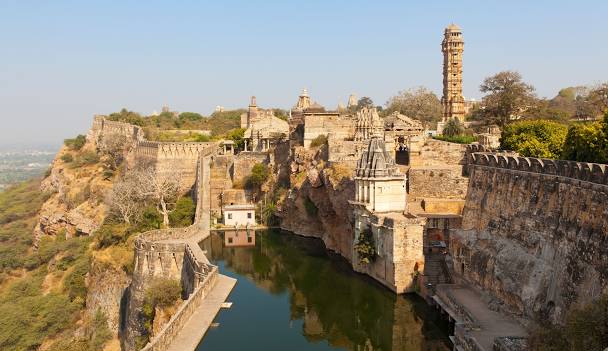
Architectural Grandeur of Chittorgarh Fort
Carved From a Rocky Plateau
Chittorgarh Fort’s foundation was meticulously carved from the rugged rocky plateau on which it majestically stands. This elevated terrain served as a natural fortress, offering a commanding view of the surrounding plains and making it nearly impossible for invaders to launch a surprise attack. The strategic positioning of the fort not only enhanced its defensive capabilities but also symbolized the might and foresight of the Rajput rulers. The rocky base itself acted as a natural deterrent, discouraging enemy forces from attempting prolonged sieges.
Reinforced Stone Brick Structure
The fort’s core structure was reinforced with durable stone bricks, a hallmark of Rajput architectural ingenuity. These bricks were expertly laid to create walls and fortifications that could endure both natural wear and relentless attacks from powerful siege weapons. This robust construction ensured the fort’s longevity and provided an almost impenetrable barrier against invaders. The seamless integration of these stone bricks with the rocky plateau showcases the skill and precision of the artisans, whose work continues to inspire awe centuries later.
Seven Imposing Gates and Walls
Chittorgarh Fort is fortified by seven monumental gates, known as pols, each serving as a critical checkpoint in the fort’s defense strategy. These gates—Padan Pol, Bhairon Pol, Hanuman Pol, Ganesh Pol, Jorla Pol, Lakshman Pol, and Ram Pol—were meticulously constructed to slow down advancing armies.
- Strategic Design: Each gate was designed with sharp turns and steep ascents, forcing enemies to slow their approach and become vulnerable to defenders stationed above.
- Fortified Walls: The gates were connected by massive walls that encircled the fort, creating an imposing and nearly impenetrable barrier. These walls, with their thick stone construction, were designed to withstand heavy artillery and sieges.
- Symbol of Rajput Valor: The gates not only served defensive purposes but also represented the Rajput ethos of resilience. Each gate stands as a silent sentinel, bearing witness to countless battles and acts of heroism.
Chittorgarh Fort’s architectural brilliance is a testament to the Rajputs’ mastery in blending natural geography with engineered fortifications, ensuring both practicality and grandeur in their defense strategies.
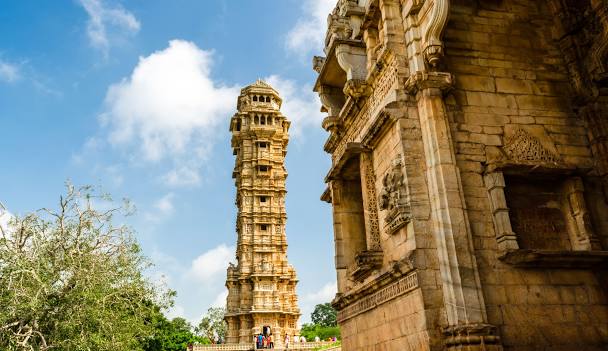
Ingenious Reservoir System
Advanced Water Management: A Marvel of Rajput Ingenuity
Chittorgarh Fort’s advanced water management system stands as a testament to the exceptional foresight and engineering prowess of its creators. Designed to ensure a consistent water supply even during prolonged sieges, this system played a pivotal role in sustaining life within the fort’s walls. It exemplifies the strategic brilliance of Rajput architects, who blended functionality with resilience to address the challenges of warfare and resource scarcity.
The Role of Reservoirs in Defense
The fort houses numerous reservoirs and stepwells, expertly constructed to collect and store rainwater. These reservoirs were strategically positioned to maximize water collection and minimize evaporation, ensuring a steady supply throughout the year.
- Critical Element in Sieges: During prolonged sieges, the availability of water was often the deciding factor in a fort’s ability to hold out against invaders. Chittorgarh’s reservoirs allowed its defenders to withstand blockades without succumbing to thirst or sanitation issues.
- Strategic Placement: The reservoirs were strategically distributed across the fort, providing easy access to water for all inhabitants and ensuring no single area faced a shortage.
Preserving Life Amidst Conflict
The water management system was more than just a survival mechanism; it was a lifeline that preserved the fort’s population during times of crisis.
- Sustainability in Design: The reservoirs reflect the architects’ commitment to sustainability, as they were designed to capture and conserve every drop of rainwater.
- Symbol of Resilience: This ingenious system not only sustained life but also symbolized the fort’s resilience, demonstrating that its defenders could endure adversity without compromising their strength.
- Cultural Significance: Beyond its practical utility, water was a symbol of purity and prosperity in Indian culture, and the fort’s ability to secure this vital resource highlighted its self-sufficiency and strategic superiority.
Chittorgarh Fort’s water management system remains a marvel of ancient engineering, showcasing how innovation and strategic planning were seamlessly integrated to protect and sustain life in the face of adversity.
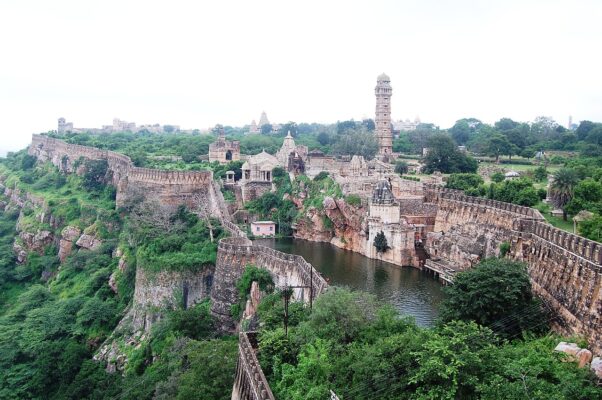
Historical Acts of Valor.
Jauhar: The Ultimate Act of Sacrifice
As the fort’s defenses faltered and defeat seemed inevitable, the women and children of Chittorgarh made the heart-wrenching decision to perform jauhar—a mass act of self-immolation.
- Symbol of Rajput Honor: Jauhar was not merely an act of despair but a deeply rooted expression of the Rajput ethos, where the preservation of dignity outweighed the fear of death.
- Avoiding Subjugation: This act ensured that they would never face the humiliation of capture or servitude under their conquerors, preserving their honor even in death.
- Cultural Legacy: The story of this sacrifice has been immortalized in folklore, serving as a powerful reminder of the unyielding spirit of the Rajput women.
Saka: The Warriors’ Final Charge
While the women and children embraced death through fire, the Rajput warriors performed saka, a final and defiant charge into battle.
- A Last Stand of Bravery: Adorned in saffron robes symbolizing their readiness for martyrdom, the warriors rode out to meet their enemy, fully aware of their fate.
- Loyalty to the Land: This selfless act reflected their unwavering commitment to defending their homeland, even in the face of certain death.
- Legacy of Courage: The tale of their ultimate sacrifice continues to inspire generations, highlighting the Rajput code of valor and loyalty.
The Legacy of the 1303 Siege
The siege of Chittorgarh in 1303 is more than just a historical event; it is a profound narrative of resilience, sacrifice, and unshakable resolve.
- Cultural Impact: The acts of jauhar and saka have become enduring symbols of Rajput identity, encapsulating their unwavering dedication to honor and freedom.
- Lessons in Sacrifice: This episode underscores the Rajputs’ extraordinary willingness to prioritize collective dignity and values over personal survival.
- Historical Significance: The siege serves as a testament to the indomitable spirit of Chittorgarh’s defenders, ensuring their legacy endures as a cornerstone of Indian history.
This extraordinary tale of the siege of 1303 remains etched in the annals of history, a timeless story of courage and sacrifice that continues to resonate across the ages.
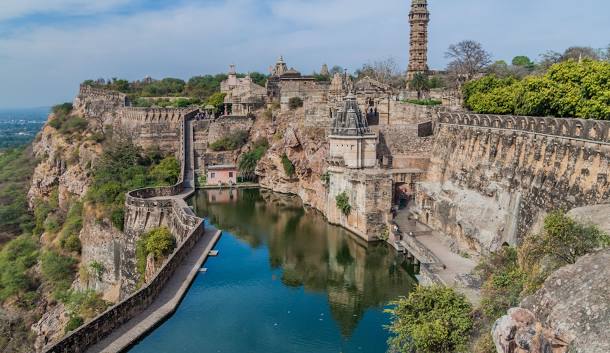
See more: The Slănic Prahova Salt Mine: A Historical Treasure of Romania
Chittorgarh Fort Today
A Timeless Symbol of Resilience
Chittorgarh Fort today stands as a powerful and enduring symbol of Rajput courage, resilience, and honor. Its towering walls and intricately carved structures serve as a living testament to the fort’s remarkable history, encapsulating the stories of fierce battles, unwavering loyalty, and sacrifices made by its defenders.
- Enduring Strength: The imposing stone walls, built to withstand the test of time and enemy sieges, are not just architectural marvels but also reflections of the spirit of those who called this fort home.
- Architectural Brilliance: From its grand gates to the finely detailed carvings, each part of the fort tells a story of meticulous craftsmanship, combining defense and beauty in one unified structure.
- Legacy of Resistance: Chittorgarh’s physical structure continues to echo the triumphs and tragedies of its defenders, serving as a reminder of their indomitable will to resist invasion.
A UNESCO World Heritage Site
As a UNESCO World Heritage Site, Chittorgarh Fort holds a special place in the global historical and cultural landscape. Recognized for its outstanding universal value, the fort attracts visitors from around the world, including history enthusiasts, scholars, and travelers who seek to experience its awe-inspiring grandeur.
- Global Recognition: The fort’s inclusion in the UNESCO list underscores its cultural, historical, and architectural significance, preserving it for future generations.
- A Hub for Exploration: With its vast expanse and numerous temples, gates, and palaces, Chittorgarh offers visitors a unique opportunity to step back in time and immerse themselves in the Rajput era.
- Educational Significance: Scholars and architects alike flock to the site to study its architectural innovations, military history, and the lifestyle of the royal Rajput family that once ruled there.
Narratives of Bravery and Honor
The enduring tales of bravery, self-sacrifice, and honor associated with Chittorgarh Fort continue to inspire people across generations. The fort’s history, rich with stories of valor such as the legendary jauhar and saka, reverberates with messages of courage, resilience, and an unwavering commitment to freedom.
- Inspiring Generations: The stories of Rajput bravery have become cultural touchstones, instilling a sense of pride and respect for the fort’s history among both locals and visitors.
- A Living Legacy: Chittorgarh’s past serves as a reminder of the sacrifices made by its defenders and their steadfast loyalty to their land, principles, and families.
- Resilience in Adversity: The fort stands as a powerful reminder of the Rajputs’ refusal to yield under the most challenging circumstances, a timeless symbol of endurance in the face of adversity.
Chittorgarh Fort remains more than just a historical site—it is a living, breathing testament to the courage, honor, and resilience that defined the Rajput legacy, leaving an indelible mark on both India’s past and the collective memory of its people.
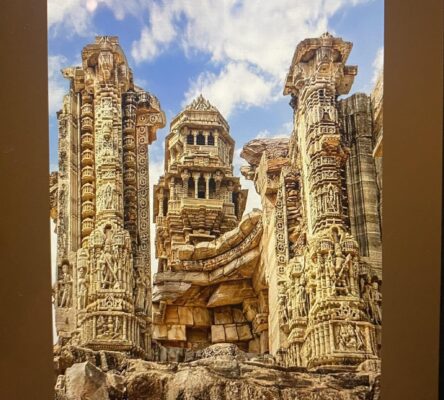
Conclusion
Chittorgarh Fort is not merely a historical monument; it is a living testament to a culture that revered bravery, resilience, and honor above all else. As you walk through its gates and explore its walls, you are transported to a time where these values shaped the course of history.

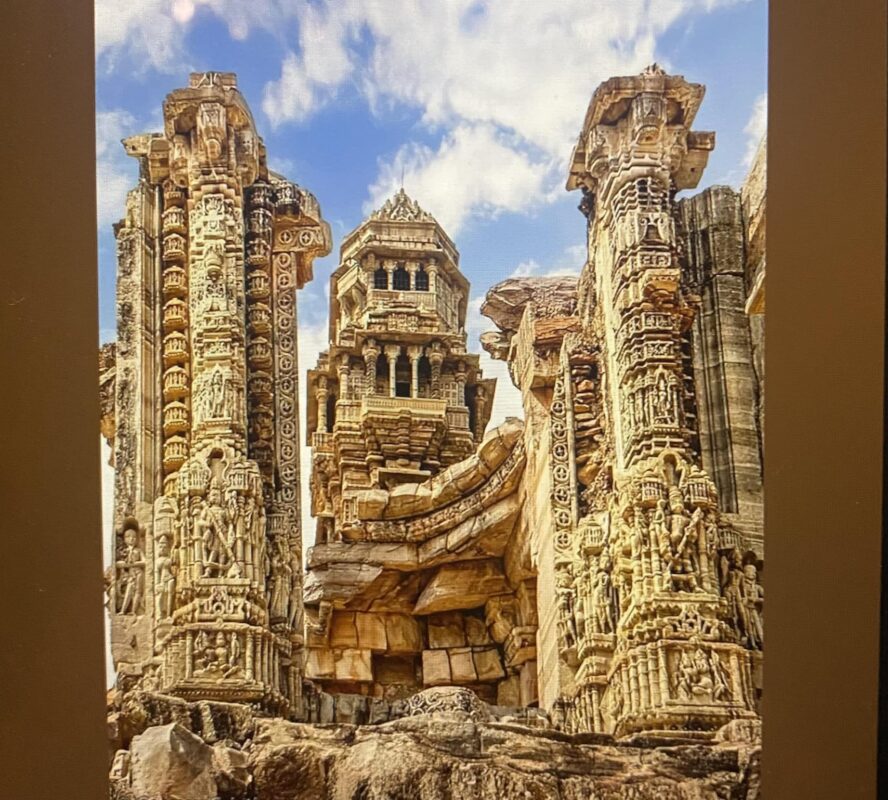
CÁC TIN KHÁC
Mary Walton: The Forgotten Inventor Who Helped Clean Up America’s Cities
Tomb of Queen Nefertari in the Valley of the Queens, Egypt
Discover the Hypostyle Hall of the Temple of Hathor at Dendera
Venus de Losange: Unveiling the Mystery of a 20,000-Year-Old Paleolithic Icon